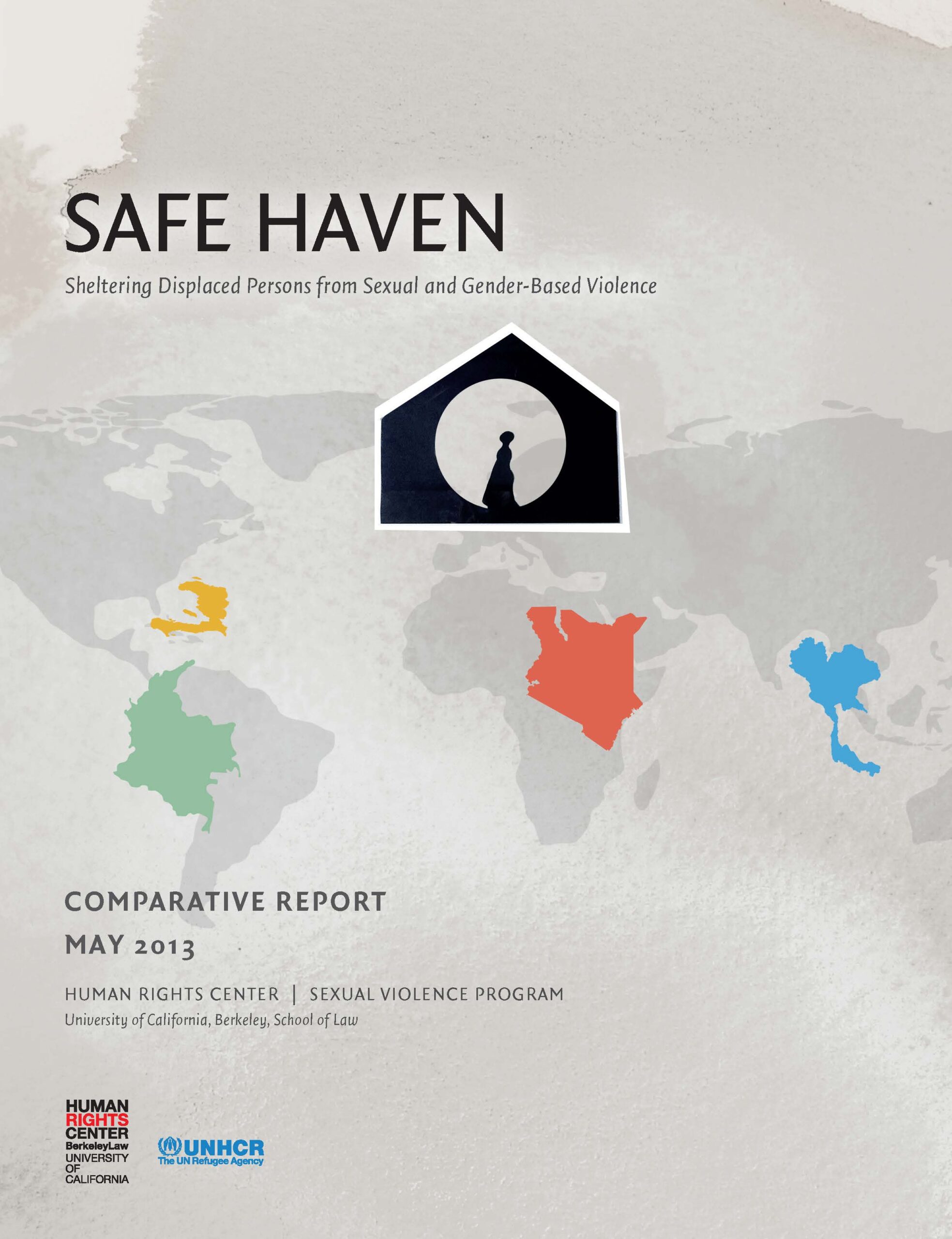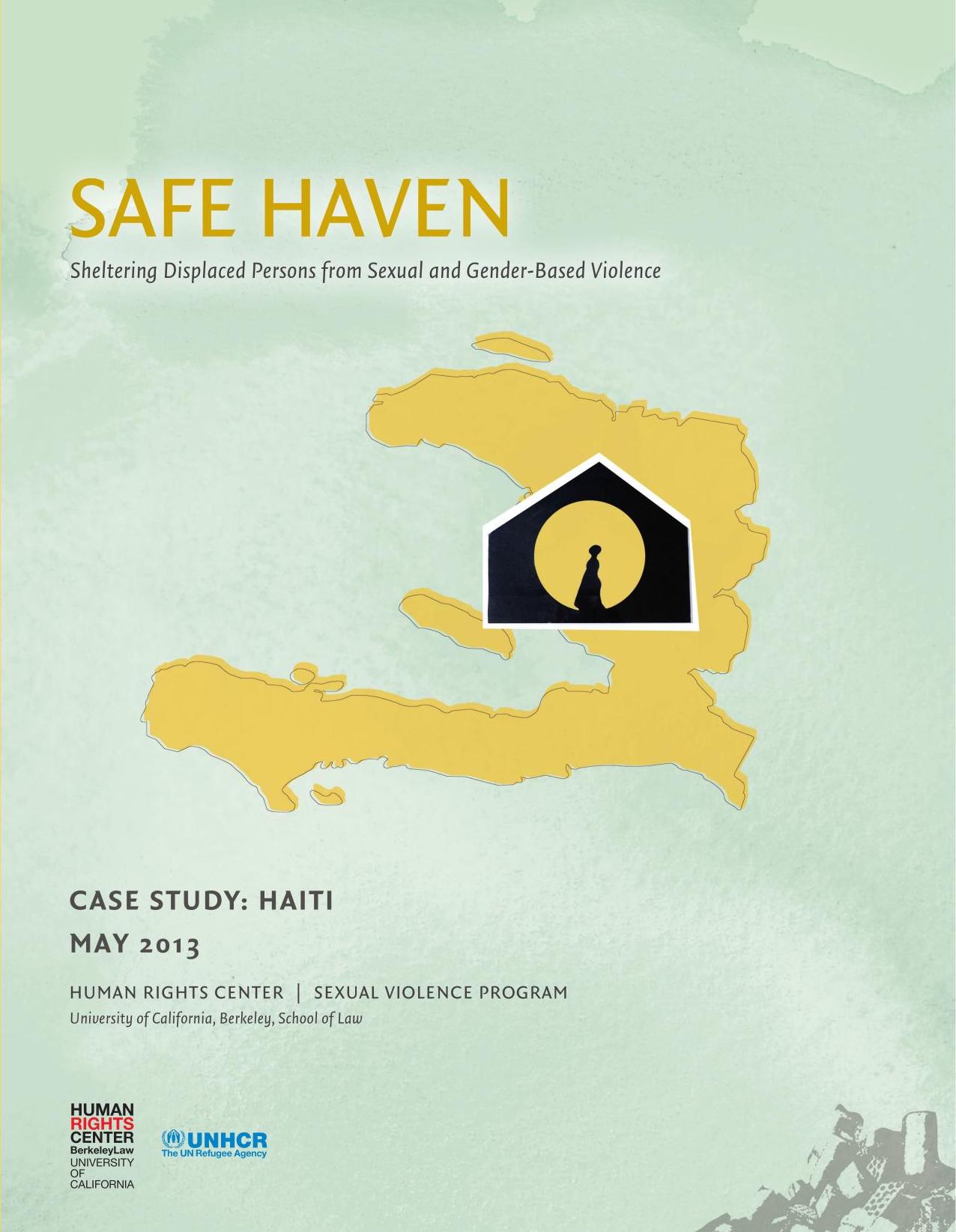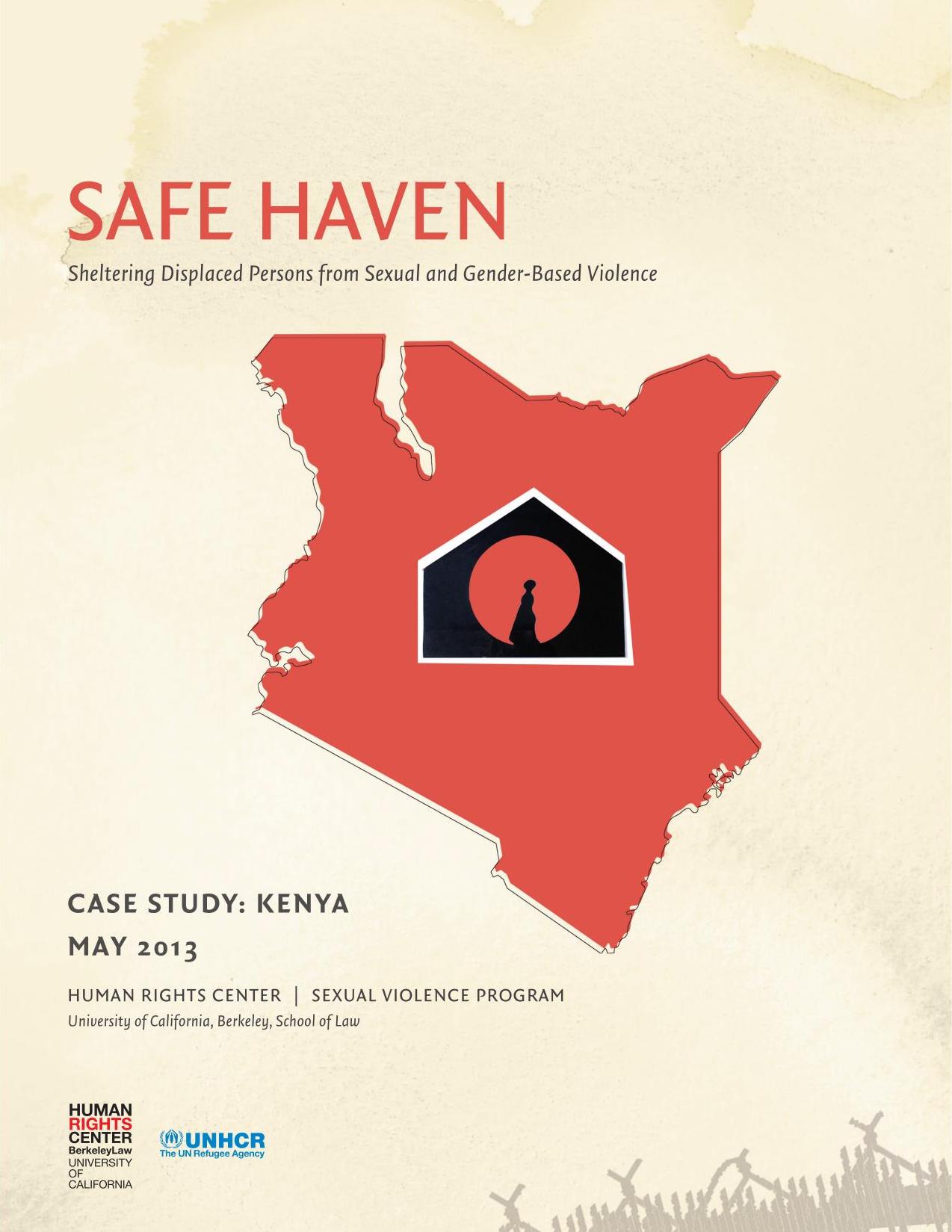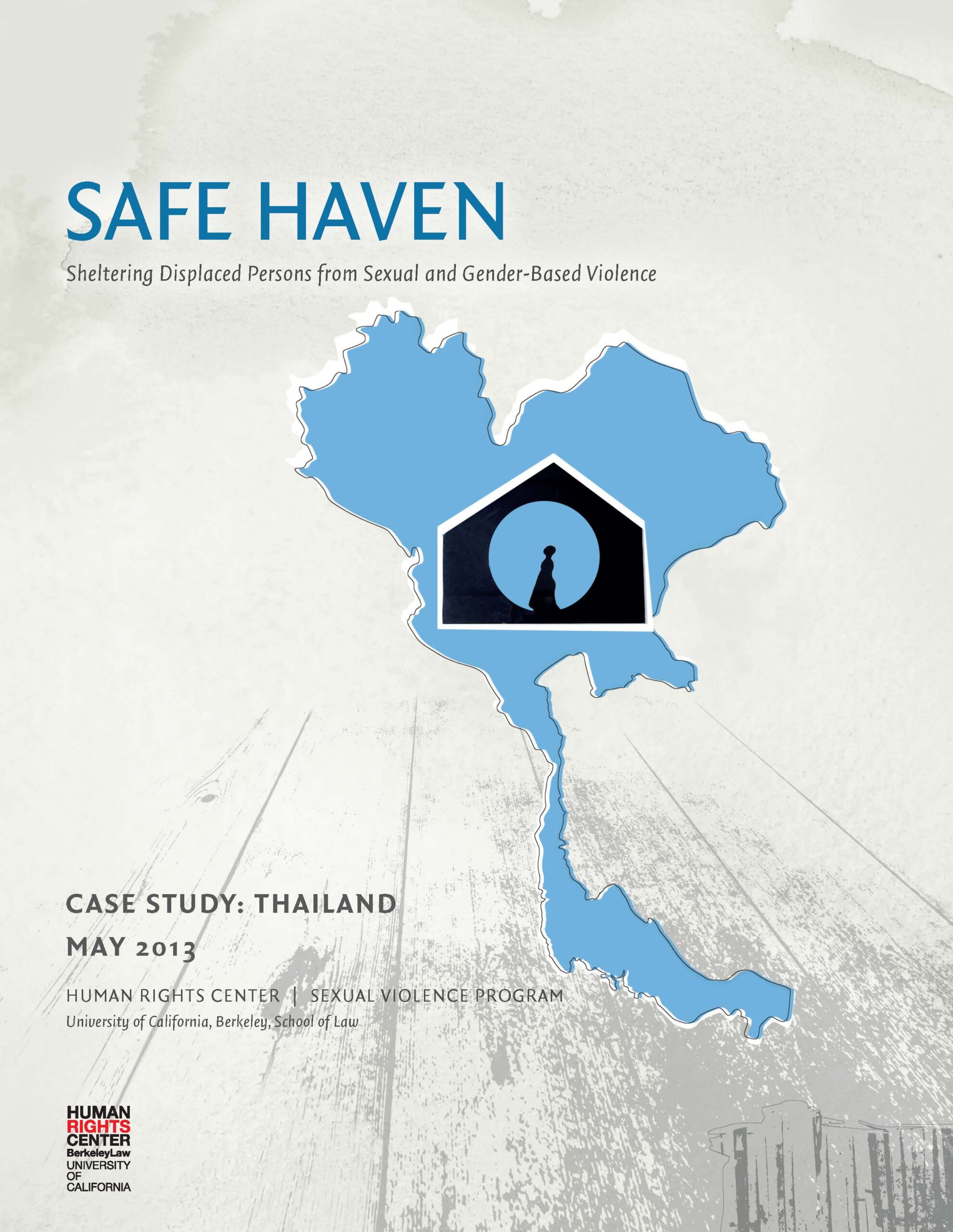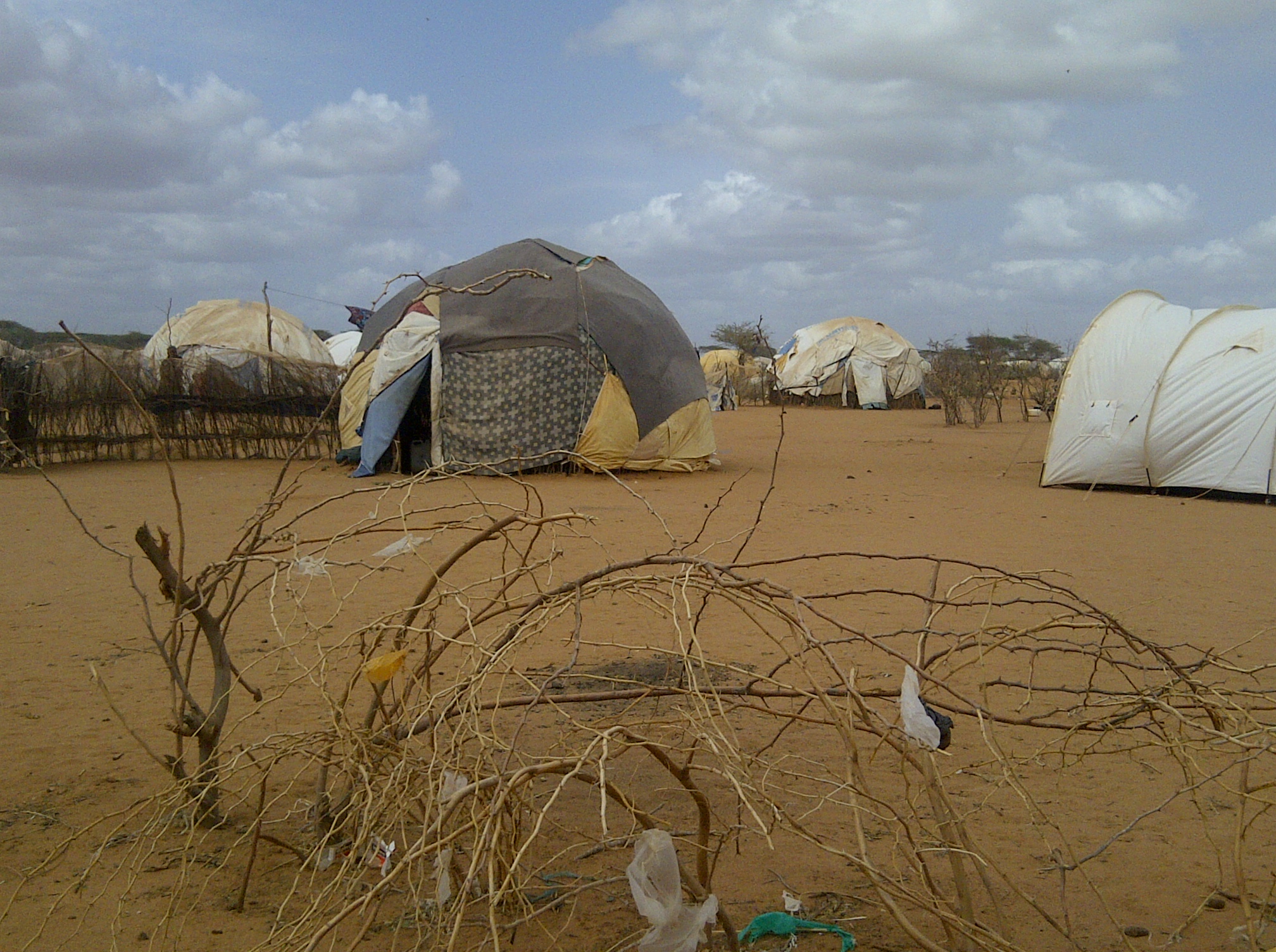Safe Haven: Sheltering Displaced Persons from Sexual and Gender-Based Violence
Download PDFSummary
Vulnerability to sexual and gender-based violence arises in many forced displacement contexts, whether they are related to armed conflict or to natural disaster. Individuals fleeing an emergency situation may suffer rape, sexual exploitation, or human trafficking while attempting to secure transport, cross borders, or find lodging. Even once they are settled — whether in refugee camps, internal displacement camps, or urban centers — vulnerability to harm persists. In fact, displacement often increases individual insecurity through new and exacerbating conditions, including the breakdown of family and community ties, collapsed gender roles, limited access to resources, insufficient security, and inadequate housing in camp settings. When refugees or internally displaced persons experience sexual and gender-based violence, their needs can be particularly urgent and complex. They may experience multiple levels of physical or psychological distress resulting from the individual and collective harms they have suffered. Unfortunately, service and support options are often scarce in settings of forced displacement. Existing guidance related sexual and gender-based violence in humanitarian settings tends to address general prevention and protection measures, particularly in camp settings. However, there is little concrete guidance specifically about how to provide immediate, temporary shelter to those fleeing this harm, either inside or outside the camp context. It is important to understand potential options for immediate physical shelter that exist in these difficult contexts, as well as their various strengths and limitations. In addition to providing immediate physical protection, programs that provide safe shelter to displaced persons fleeing sexual and gender based violence may help to facilitate their access to other critical services as well. To date, evidence-based information about safe shelter models, client and staff needs, and service challenges and strategies that exist in these difficult settings is quite limited. More research is urgently required to inform policy, programming, and implementation guidance.
